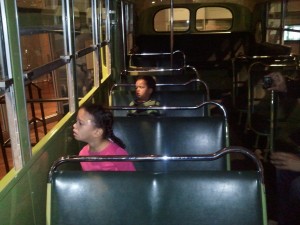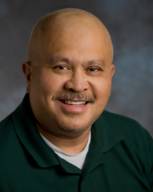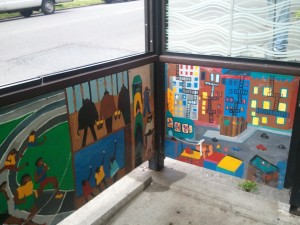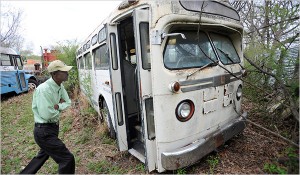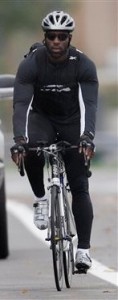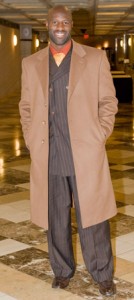I originally posted this in May of 2010, but it’s been on my mind lately, for a number of reasons. Wishing peace and comfort to all who have lost loved ones to violence, including (and especially) the violence of war.
On a recent Wednesday, I got to talking with the man in line in front of me at the grocery store. He was an older man, probably a good decade older than my father, and he showed a lot of interest in Busling. His eyes lingered long after the initial “Look at the baby!”, and he asked lots of questions–the kind asked by people who are missing the days when their own were still tiny. So, to keep the conversation from being completely one-sided, I asked the man if he had children.
“Yes, two grandchildren,” he said, “a boy and a girl.” He paused a moment, then added, “My son was murdered on a Metro bus in 1987.”
He told me a few of the details–that it was a robbery, that his son had been counting his recently cashed paycheck in the back and then had refused to surrender the money to the gunman who demanded it. That it was the first ever murder on a Metro bus.
We talked a bit longer–about his grandchildren (who live in Portland but visit him often), and about how he wished his son had used better judgment on that April afternoon 23 years ago–and then went our separate ways.
Our encounter didn’t last longer than five minutes, but I haven’t been able to stop thinking about it. About all the hours and days and years that kind man had spent loving his child, watching him learn to smile and laugh and roll over and crawl; discovering his preferences, his quirks, his weaknesses, his gifts; attending games and graduations; giving advice about important tests and first dates.
I felt compelled to honor his loss by learning all I could about his son–not about the way he was killed, but about who he was, what he cared about, and who would miss him. Here’s what I know:
His name was Larry Curtis Walker. He was 30 when he was killed, an employee at The Plush Pippin at Southcenter. According to his boss, David Jensen, he was wonderful to work with.
“Larry sparkled with integrity and loyalty,” he said in a PI interview a couple of weeks after the murder. “[He was] the best employee I’ve ever had.”
Larry left behind two children, a son and a daughter. His son was six when he died. His daughter, from what I could gather, was younger. Many people knew and cared about Larry, including parents, students, and staff at his son’s school. They started a memorial fund (administered by David Jensen) for his children.
And he had a father who loved him dearly.

